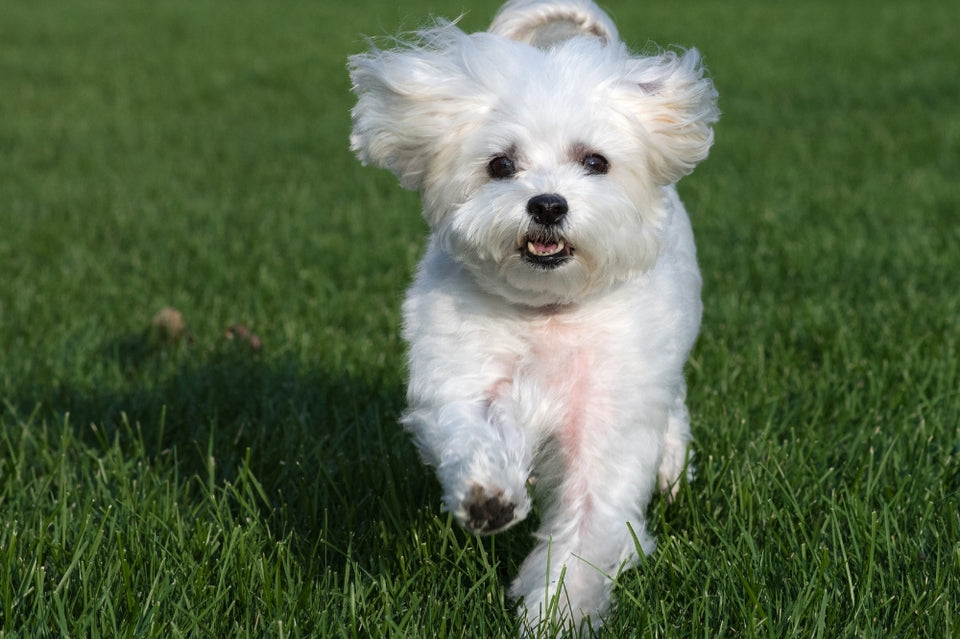8 Dog Breeds with Bad Teeth

Dental health plays a big role in a dog’s overall health and wellbeing. Unfortunately, certain dog breeds are prone to dental issues. Dental disease affects a dog's teeth and gums, can cause bad breath, infections, tooth loss, and even life-threatening organ failure if left untreated.
Knowing which dental issues your dog is prone to can help you provide them with the care they need and deserve. The following 8 popular dog breeds are genetically prone to dental problems.
1.) Yorkshire Terrier
Small breeds like Yorkies often have baby teeth that come in right on top of their adult teeth. When this happens, food will collect in those areas leading to tartar and plaque buildup. Over time, bad breath and tooth decay can occur.

2.) Maltese
Maltese's teeth often come in far later than other breeds. In fact, many Maltese dogs don't lose all of their baby teeth until around 5 months and sometimes, they don't fall out at all. These small dogs also tend to suffer from tartar, gingivitis and early tooth loss. If the teeth are bad enough, they can affect other parts of the body, such as the heart, kidney, and liver.

3.) Cavalier King Charles Spaniel
Cavalier King Charles Spaniels are also prone to similar dental issues as their fellow toy breeds, like the Yorkie and the Maltese. They tend to suffer from tartar and plaque buildup, early tooth decay, tooth loss, and gingivitis.

4.) Chihuahua
Chihuahuas are known to have teeth crowding and retained baby teeth. Be sure to keep an eye out if they're favoring one side when they chew their food as this can be a sign of periodontal disease.

5.) Pug
Pugs are short-muzzled dogs that suffer from teeth crowding, painful tooth loss and periodontal disease as a result of their small jaws and compacted facial structure. With the overcrowding of their teeth, pugs develop infections more easily and can experience bad breath and pain.

6.) Greyhound
Greyhounds have a high rate of periodontal disease, which can begin as early as two years of age. Symptoms of periodontal disease in Greyhounds include yellow teeth, tooth loss, loss of appetite, bad breath and root exposure.

7.) Shetland Sheepdog
The long and slender muzzle of the Sheltie causes them to be at risk for some unique dental problems. Shelties are often born with underbites or overbites and could have incisors that rotate and are pointed outwards. Shelties also get a condition called Lance canines, where their teeth point out to the sides and may grow sideways.

8.) Dachshund
Like Shelties, Dachshunds have long and narrow muzzles. They also have small teeth, which make them more prone to developing gingivitis, bad breath, and periodontal disease.

Canine dental problems can often go unnoticed. It's important to take good care of their teeth, including brushing, dental chews, and diet. In many cases, dogs more prone to dental issues will require thorough cleanings under anesthesia, as well.
Share this article
written by